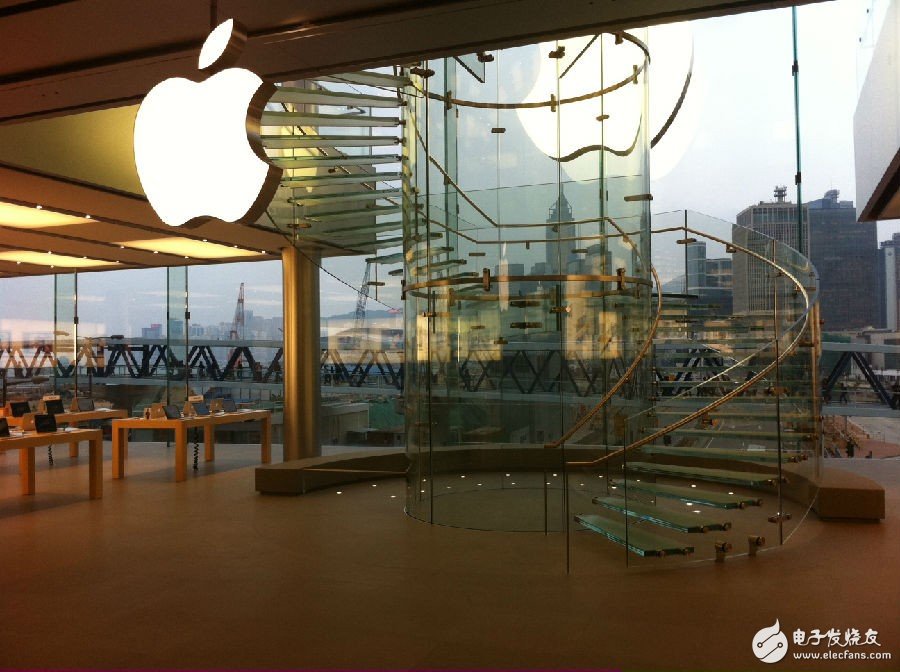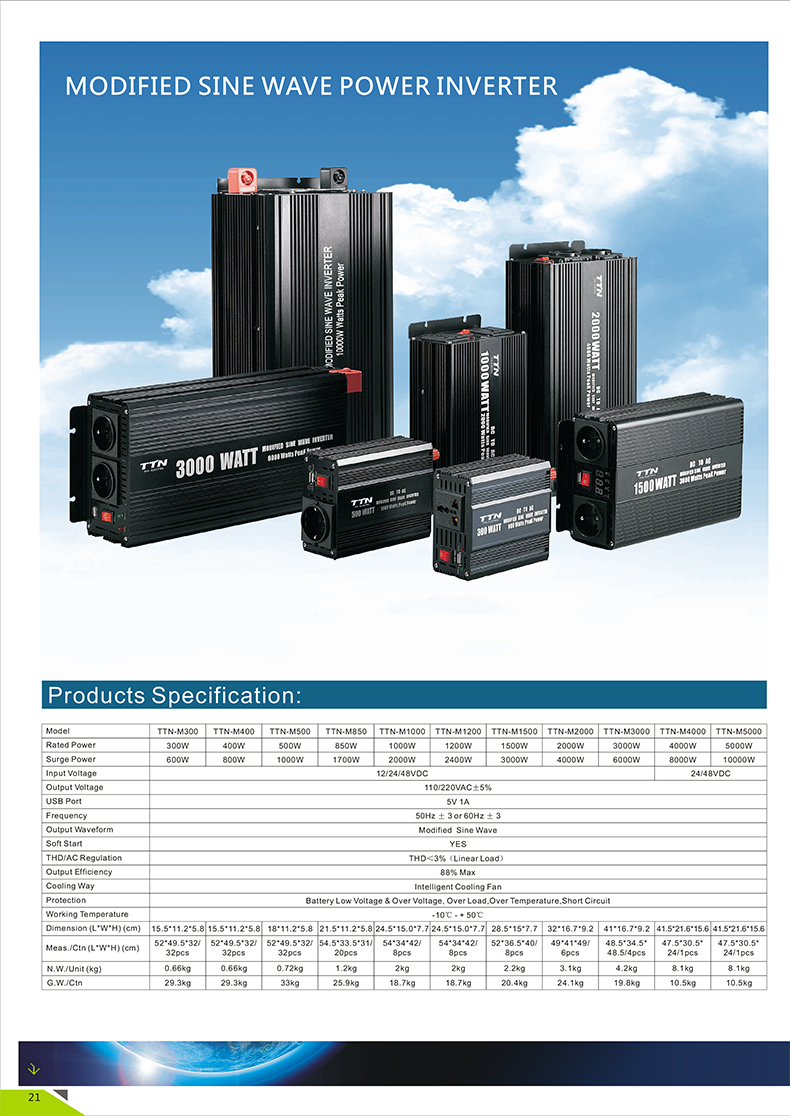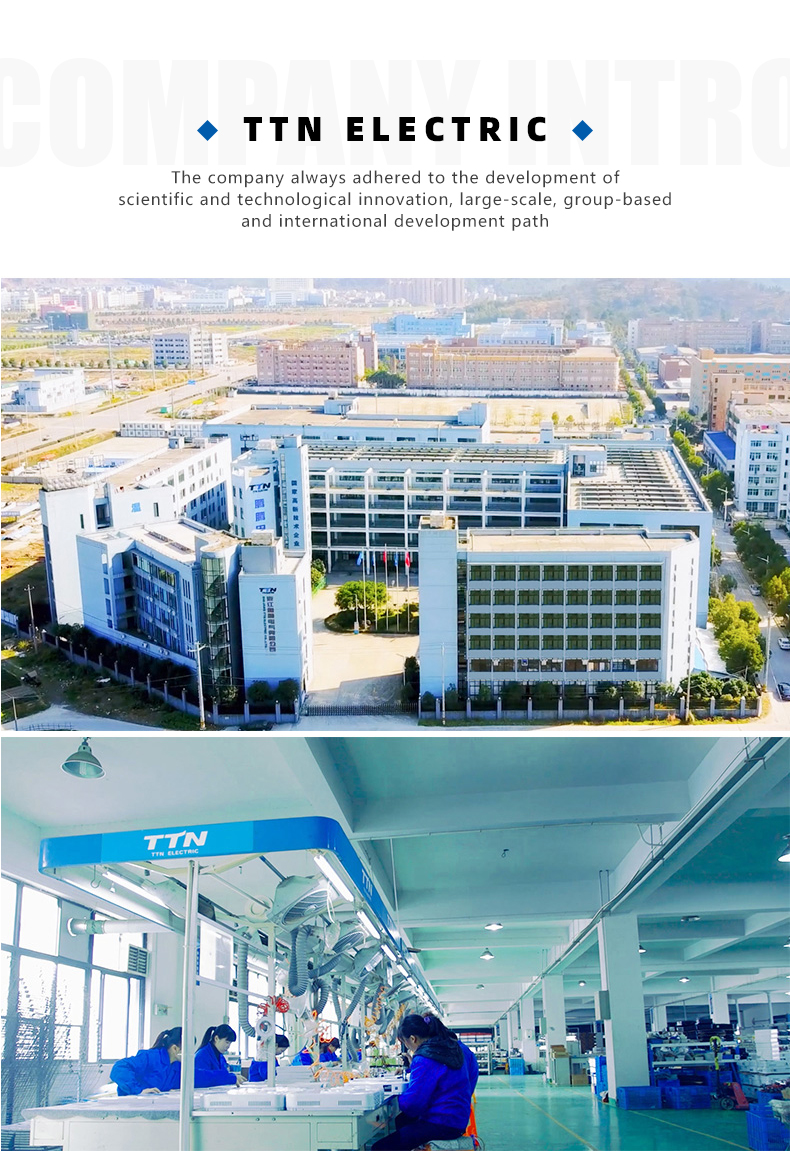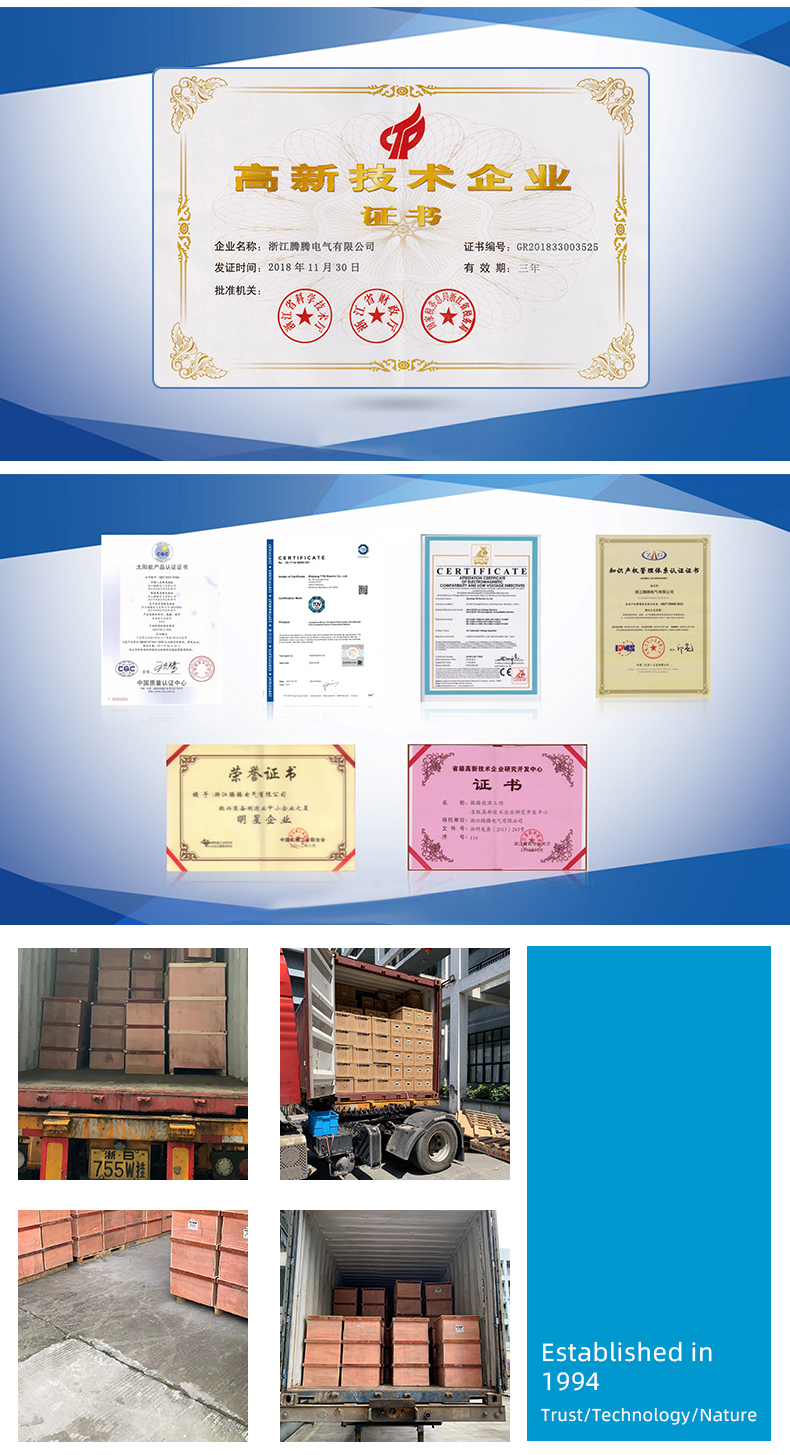Reporters at Apple always have such an analogy: 183 of the 199 countries tracked by the World Bank have lower gross domestic product (GDP) in 2015 than Apple's market value. Apple's market value is almost the sum of Iran and Austria's GDP. From this perspective, the competition between giants such as Apple, Google, and Amazon is much like a national war. The fundamental feature of a national war is that whether you like it or not, you will eventually get involved, even if you seem to have nothing to do with it, just like the Internet and the traditional retail industry.

So far we have seen three different types of success in the IT industry:
One type is hard technology companies, such as Intel and Qualcomm. Although such hard technology projects have ecological aspects, technical barriers still occupy a large weight in the business model;
One is a tool platform company. At this point, the operating system is Dacheng, and the typical company is Microsoft. For the operating system, technology, engineering, etc. are critical, but more important is the application ecosystem. So although Linux is free, it is impossible to shake Microsoft's position on a terminal such as a PC.
One type is the Internet Ecology Company, which is familiar to everyone, such as the BAT we often say. The core difference from the previous category is that Windows is not data-driven at all, and Internet ecosystems mostly rely on data and content within them. The social time relationship chain is its core content. The things that climb when searching are its content, and the goods when the e-commerce is its content.
This kind of industry division of labor has enough technical rationality, and it will not change substantially. But what may change is the role the company plays in. For example, Google ultimately controls both the operating system and the search engine, which will affect the final competition. In the final pattern, the actual role of control is affected, and control affects business models and profit margins.
In terms of control power, the non-data-driven OS in the middle layer has the greatest influence, followed by the Internet eco-companies, and the weakest is the hard-tech company. This is particularly clear in the recent Apple PK Tencent. So we can also say that until Android, Google's business model is not stable, so it is so motivated to break through at the OS level.
The focus of this national war is on who can control the OS under far-field voice interaction. The ending at this point is likely to be different from the past, because these companies are really too big.
Apple does not have to say that it will be its own closed ecosystem. Google, Amazon and Microsoft will definitely reject each other on their respective power maps. In the short term, Google and Amazon are unlikely to win or lose, and are unlikely to use each other's systems. This is a very interesting situation. In the past, the early giants in the industry focused on the precedent of an industry at the same time, but it did not form a relatively close competition, such as Windows+Nokia and the Android camp. But this time all the giants in the early days of the industry are paying attention to this point, and each one has almost endless resources. So the battle will be more intense than you think.
As a result, we may face multiple OS coexistence in a long period of time.
Where is the chip company position of Qualcomm?Every change in human-computer interaction will inevitably lead to changes in the OS, which has been verified at least in the past two major product upgrades. From the command line to the graphical user interface, an operating system such as Windows has been promoted, and keyboard and mouse to touch screen have contributed to iOS and Android. So we have reason to believe that this far-field voice interaction will cause changes at the OS level. It is particularly interesting to look at the roles and behaviors of Qualcomm's chip companies in this context.
Qualcomm recently introduced a SoC that allows the IPQ40x8/9 to support array algorithms. It should be implemented by DSP from various reports. Rahul Patel, senior vice president, said: It is possible that Echo's voice capabilities will be integrated into the AP, which is a new trend. As a result, some traditional manufacturers, such as Conexant, will be sad, because in the past they generally used Qualcomm to implement a set of functions, and Qualcomm did everything, which is equivalent to finding their position.
However, Qualcomm's work is actually not right. In the context of the entire human-computer interaction revolution, it is equivalent to answering: Is the OS suitable for being placed in the chip?
The OS obviously can't be placed on the chip, the algorithm can be placed on the chip, but the algorithm is a part of far-field speech interaction and is not suitable for cutting.
This can be illustrated by a wake-up example, which usually needs to be associated with the lighting of the final product. In this way, firstly, there must be a noise reduction algorithm to improve the wake-up rate, and then the trained wake-up model monitors the surrounding sound. Once the wake-up word is detected, a specific angle is fed back. The angle information is transmitted to the system, and the system knows Echo. The light above the circle should be bright. Obviously in this scenario, algorithms, messages, and hardware controls are intertwined with each other. This is the scope of the OS, but it is not the scope of the chip.
In general, the more messages between these types of each other, the more powerful the OS will appear. Such a system is obviously impossible to put in the chip. Only some of the algorithms can be placed on the chip, but in the early days of the industry, this is not very valuable. First, the algorithm is still stable and still needs to be improved. First, the way the chip integrates the algorithm will reduce the flexibility of the whole system. degree. Suppose Company A wants to make a product called X, and its future derivative product is Y. Of course, it hopes to achieve both with a unified architecture, and Company A obviously does not want this implementation to use only certain chips from Qualcomm. And want to make flexible choices in a wider range.
Many people on WeChat will be shocked when they see Qualcomm. I think how it will affect the industry, but I don’t realize that Qualcomm has chosen a path. Qualcomm should have never thought too much about voice interaction. It is not the first thing related to voice interaction (JAN 6, 2016 has done a similar release), but it seems that each time it will end up in vain.
In this way, the role of the chip company is very clear: the chip company will be the beneficiary in the far-field voice interaction PK, but obviously can not play a leading role. This is very different from the state when the PC or mobile phone was just started. At that time, if there was no Intel or Qualcomm generation generation, products such as PC or mobile phones could not be upgraded from generation to generation. That is to say, the chip company is on a critical path. But nowadays there are various chips whose computing power is sufficient, and the interaction itself is more tightly integrated with the operating system.
What will Qualcomm and Apple bring to far-field voice interaction?Although Apple's products don't necessarily sell immediately, Qualcomm's SoC estimates that they can't afford any waves, but they do inject more confidence into the track.
Just as touch screens affect all devices, far-field voice interactions must affect all devices. This provides enough new opportunities for the market.
Driven by the giants, the existing product categories will be generally upgraded, cars, mobile phones, PAD, notebooks, TVs, toys, cameras, headphones and so on. New product categories will continue to emerge, such as the translation machines and teleconferencing systems that Xunfei often displays.
A major upgrade of the product will also generate demand on the solution provider. The degree of chilling of the sound is far greater than the system customization when the mobile phone was used in the past, and the complexity will be much higher than that of the previous mobile phone. In some scenarios, it may impose extremely high demands on power consumption. In some scenarios, it may be more challenging to price. This is a more intuitive experience by understanding the various solutions offered by the company. It is difficult for people who are no longer in the line to understand how this complexity is introduced, because in theory it seems that Qualcomm combines algorithms with chips, and all problems should be solved. But in fact, this is not the case, because there is a great distance between the algorithm and the chip to the specific product that can be landed: the distance generated by the number of microphones, the distance generated by the formation, the distance generated by the calculation structure, and the continuous occurrence of new demands. Import a similar question.
But this level does have a high degree of uncertainty. Is there a MTK company that offers Turnkey solutions, or will there be a new OS, or what new variants will the OS have, or will it have multiple OSs for a long time?
summaryIn the short term, the impact of Qualcomm and Apple's entry is not significant, and more is on the level of confidence. Two obvious consequences: one is highly certain, that is, far-field speech interaction must be achieved; one is highly uncertain, what will happen on the traditional OS layer?
Products Description :
TTN Power inverter offer superior quality true sine wave output, it is designed to operate popular power tools and sensitive loads. Connect pure sine wave inverter with battery terninals, then you can get AC power for your appliances, the AC output identical to, and in some cases better than the power supplied by your utility.
Products Features :
- Input & output fully insolated.
- High Surge: high surge current capability starts difficult loads such as TVs,camps,motors and other inductive loads.
- Grounding Protection: there is terminal in front panel, you can grouding the inverter.
- Soft start: smooth start-up of the appliances.
- Pure sine wave output waveform: clean power for sensitive loads.
- AC output identical to, and in some cases better than the power supplied by your utility.
- Cooling fan works automatically when inverter becomes too hot, it turns off automatically when the temperature is reduced.
- Low total harmonic distortion: below 3%.
- Two LED indicators on the front panel showthe working and failure state.





Power Inverter,Modified Sine Inverter,Modified Square Wave Inverter,Modified Or Pure Sine Wave Inverter
zhejiang ttn electric co.,ltd , https://www.ttnpower.com